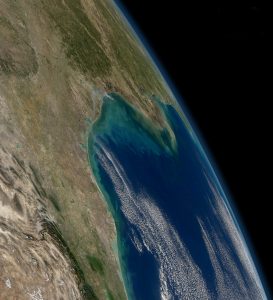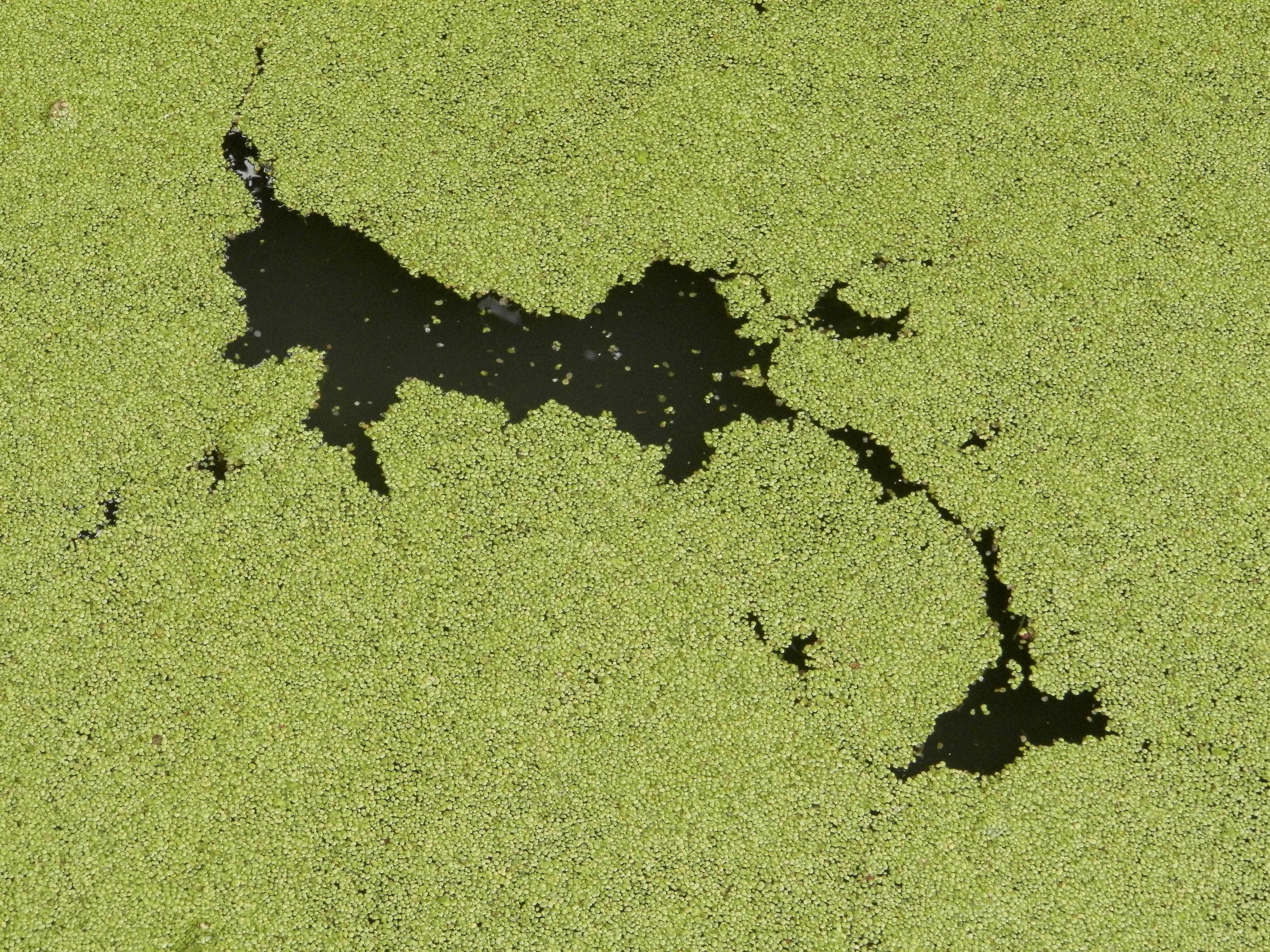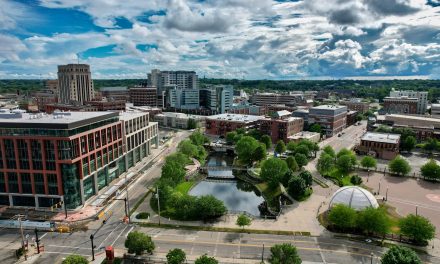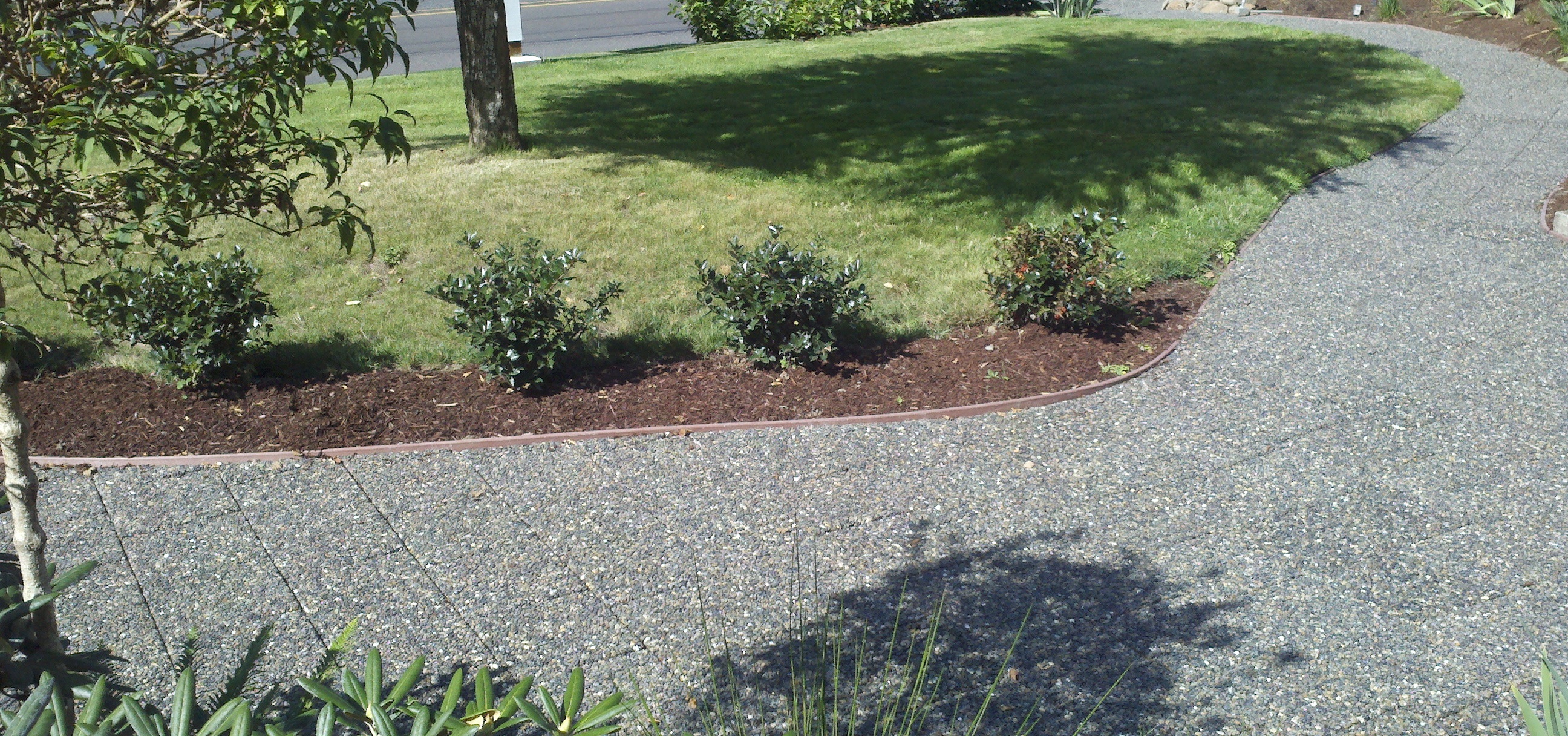The U.S. National Oceanic and Atmospheric Administration (NOAA) predicts the Gulf of Mexico’s annual summer dead zone – a low-oxygen area which can cause mass death of marine life – will grow over 40% this year compared to last summer, approaching the size of Massachusetts.
The effects of this year’s dead zone on the local economy already are becoming apparent. According to Nancy Rabalais, a Louisiana State University (Baton Rouge) marine ecologist and expert on the Gulf dead zone, fishing has slowed to a crawl in the region.
“Oysters are no longer collected,” she said. “90% of them are dead. You haul in a lot of shells just to find out they’re worthless.”
An annual threat to people and wildlife

According to predictions from the U.S. National Oceanic and Atmospheric Administration (NOAA), the annual summer dead zone that will form over the Gulf of Mexico in 2019 will become over 40% larger than last year’s dead zone. The near-record-breaking dead zone imperils the region’s aquaculture industry and presents risks of contaminating drinking water supplies. U.S. National Aeronautics and Space Administration/Goddard Space Flight Center
The reasons for the dead zone’s near-record-setting growth are various, but NOAA has identified one primary cause.
“A major factor contributing to the large dead zone this year is the abnormally high amount of spring rainfall in many parts of the Mississippi River watershed, which led to record high river flows and much larger nutrient loading to the Gulf of Mexico,” according to a NOAA release.
Heavier rainfall brings more nutrients into rivers and other waterways, which eventually reach the Gulf and its fisheries, Rabalais said. The area’s booming agricultural sector – and the additional nutrients deposited by agricultural runoff – also play a major role in the dead zone’s expansion. However, the risk isn’t just to fisheries.
“This is an everyone problem,” said Rabalais. “It’s not just the Gulf. This is leading to high nitrates in drinking water.”
Actual size may surpass predictions
And the Gulf’s dead zone has already affected many water resource recovery facilities, some of which are required to implement tertiary treatment to remove the nutrients responsible for the dead zone.
NOAA estimates this year’s Gulf dead zone to span 20,277 km2 (7,829 mi2), a figure derived by averaging five independent assessments.
Current data, Rabalais says, seems to suggest it could be even larger. She added that although water treatment could be one part of the solution, reducing runoff and excessive fertilizer use is the most effective approach.
“This year, there isn’t much we can do,” she said. “We can’t stop excessive rain and snow melt. We have to stop it at the source: agriculture. We need to solve this problem for everyone.”
— Will Fowler, The Stormwater Report






